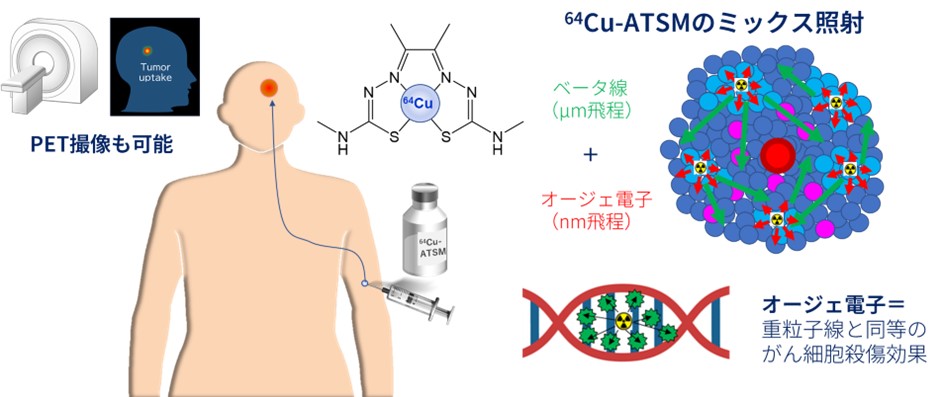2024-06-24 カロリンスカ研究所(KI)
<関連情報>
- https://news.ki.se/popular-drug-linked-to-reduced-risk-of-dementia-in-older-diabetes-patients
- https://www.thelancet.com/journals/eclinm/article/PIIS2589-5370(24)00268-2/fulltext
スウェーデンの高齢2型糖尿病患者における認知症リスクに対するグルカゴン様ペプチド-1作動薬、ジペプチジルペプチダーゼ-4阻害薬、スルホニル尿素薬の比較有効性:模擬試験研究 Comparative effectiveness of glucagon-like peptide-1 agonists, dipeptidyl peptidase-4 inhibitors, and sulfonylureas on the risk of dementia in older individuals with type 2 diabetes in Sweden: an emulated trial study
Bowen Tang,Arvid Sjölander,Jonas W. Wastesson,Géric Maura,Pierre-Olivier Blotiere,Máté Szilcz,et al.
eClinicalMedicine Published:June 20, 2024
DOI:https://doi.org/10.1016/j.eclinm.2024.102689

Summary
Background
The comparative effectiveness of glucagon-like peptide-1 (GLP-1) agonists, dipeptidyl peptidase-4 (DPP-4) inhibitors, and sulfonylureas on the risk of dementia in older individuals with type 2 diabetes mellitus (T2DM) is unknown.
Methods
We conducted a sequential trial emulation from 1st January 2010 to 30th June 2020 using data from Swedish national registers. Swedish residents who were aged 65 or older, had type 2 diabetes (T2DM), and initiated GLP-1 agonists, DPP-4 inhibitors, or sulfonylureas were followed for up to 10 years to assess the risk of dementia. Participants who had dementia, used the three drug classes, or had contraindications were excluded from enrollment. The characteristics between arms were balanced through the application of propensity scores estimated from predefined covariates. Intention-to-treat effects were analysed with all enrolled participants, while the per-protocol effects were analysed with participants who adhered to the assigned treatment.
Findings
The pooled trial included 88,381 participants who received prescriptions for GLP-1 agonists (n = 12,351), DPP-4 inhibitors (n = 43,850), or sulfonylureas (n = 32,216) at baseline and were followed for an average of 4.3 years. A total of 4607 dementia cases developed during follow-up: 278 for the GLP-1 agonist initiators (incidence rate: 6.7 per 1000 person years), 1849 for DPP-4 inhibitor initiators (IR: 11.8), and 2480 for sulfonylurea initiators (IR: 13.7). In an intention-to-treat analysis, GLP-1 agonist initiation was associated with a reduced risk of dementia compared to sulfonylureas (hazard ratio: 0.69, 95% CI: 0.60–0.79, p < 0.0001) and DPP-4 inhibitors (HR: 0.77, 95% CI: 0.68–0.88, p < 0.0001), after adjusting for age, enrollment year, sex, socioeconomic factors, health conditions, and past medication uses. These findings were consistent in several sensitivity analyses, including a per-protocol analysis (HR for sulfonylureas: 0.41, 95% CI: 0.32–0.53, p < 0.0001; HR for DPP-4 inhibitors: 0.38, 95% CI: 0.30–0.49, p < 0.0001).
Interpretation
Our research suggested that GLP-1 agonists were associated with a lower risk of dementia compared to sulfonylureas and DPP-4 inhibitors in older individuals with T2DM. Further clinical trials are needed to validate these findings.
Funding
Swedish Research Council, Karolinska Institutet, the National Institute on Aging, the National Institutes of Health, and Riksbankens Jubileumsfond.


